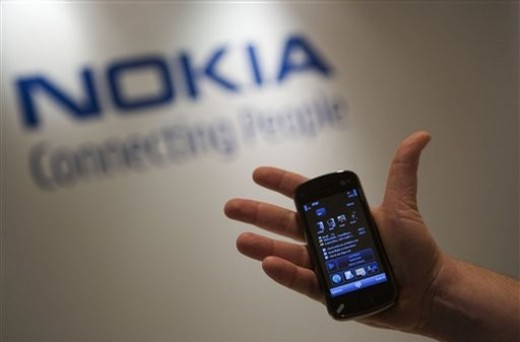The Modern Computers
Computers of the First Kind
The progress of computing steadily advanced after the invention of the Analytical Engine, but it wasn't until World War II that a significant breakthrough occurred. During this time, computing research was expensive, and electronic components were bulky, making computers enormous and limiting research progress.
However, the war prompted governments to invest heavily in computing research to gain technological advantages. This surge in funding led to significant advancements in fields like cryptography.
Cryptography
During World War II, cryptography became crucial for processing secret messages, making computers indispensable. Cryptography remains vital for secure communication and computer security today.
- Used for decoding encrypted enemy communications during the war.
- Led to the Colossus computer, the world's first programmable digital computer.
- Enabled breakthroughs in both mathematical algorithms and electronic hardware.
After the war, companies like IBM and Hewlett Packard rapidly advanced their technologies, extending their reach from academia to businesses and governments. The 20th century saw tremendous advancements in computing, driven by the interests of governments, scientists, and corporations.
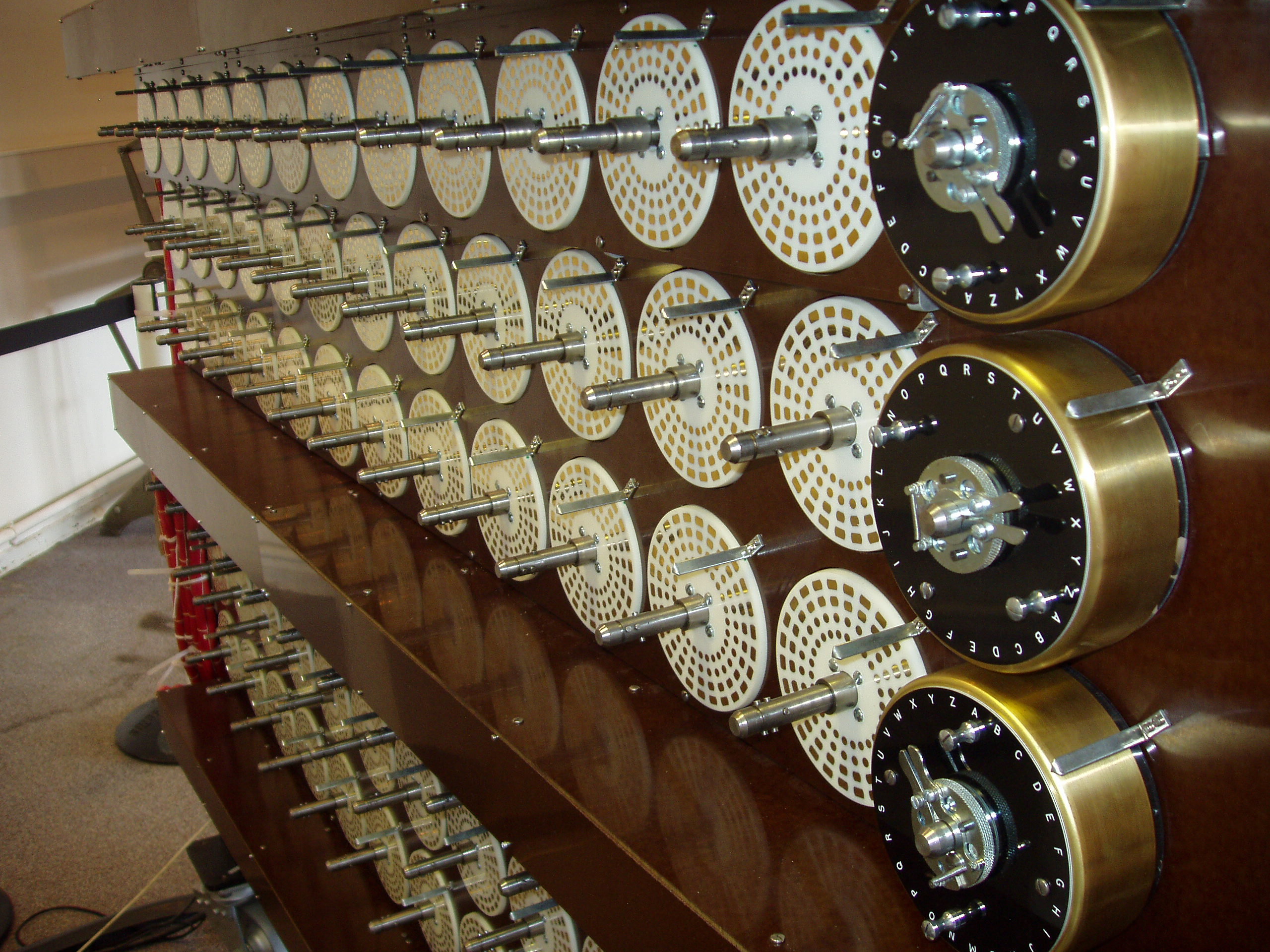
Punch Cards
New data storage methods emerged, significantly boosting computational power. Punched cards were popular until the 1950s, used for data processing with decks of ordered punched cards. However, a single mistake, like dropping the deck, could lead to chaos and make sorting the cards a nightmare.
- Invented by Herman Hollerith and first used in the 1890 U.S. Census.
- Read by mechanical card readers and translated into binary code.
The limitations of punched cards led to innovations like magnetic tape, which allowed for more reliable and extensive data storage.

Magnetic Tapes
Magnetic tape revolutionized data storage and retrieval. Unlike punched cards, magnetic tape used magnetization to record information, becoming a staple for efficient and reliable data storage.
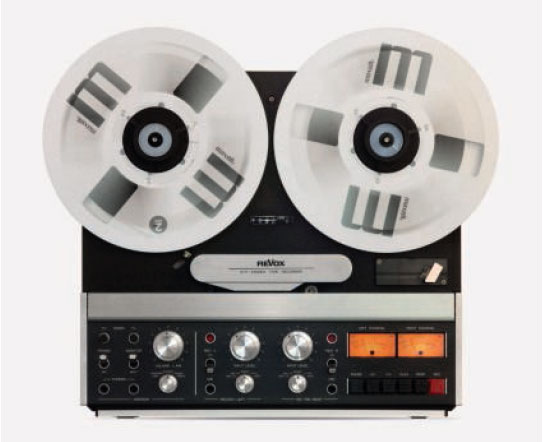
This technology was familiar to those who grew up with cassette tapes and vinyl records, as both used similar principles for storing and playing back music.
- Introduced in the 1950s and quickly adopted by businesses for data storage.
- Allowed for sequential access to large amounts of data.
- Magnetic tapes could store more data than punched cards and were less prone to physical damage.
Vacuum Tubes
Early computers were enormous and used racks of vacuum tubes for data processing. These tubes controlled electrical flow in all electronics but were prone to frequent breakdowns. IT support involved dealing with massive, dusty machines and often required physical crawling inside them to replace tubes or sort through punched cards. The term "debugging" literally involved removing insects from these machines.
- Fundamental to early electronic devices, including radios and televisions.
- Generated a lot of heat and were less reliable than modern transistors.
Vacuum tubes were replaced by transistors in the late 1950s, leading to smaller and more efficient computers.
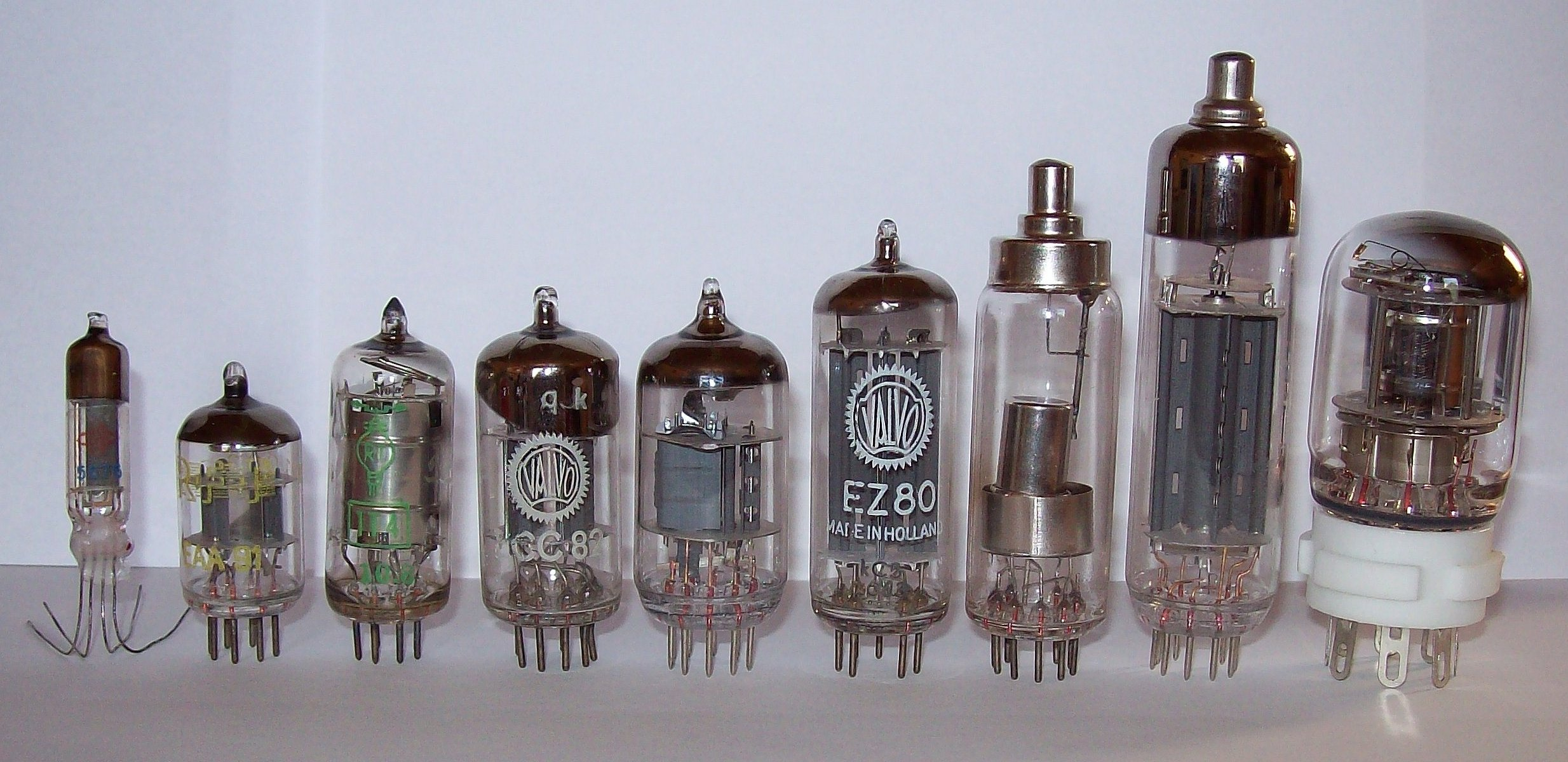
The Origin of "Computer Bug"
Admiral Grace Hopper shared a famous story about engineers troubleshooting the Harvard Mark 2 computer. They discovered a moth causing a relay malfunction, coining the term "debugging" to describe fixing computer problems.
-
The moth was preserved and taped into the computer's logbook.
-
This highlighted the literal and figurative "bugs" in early computer systems.

ENIAC
The ENIAC, one of the earliest general-purpose computers, was a massive machine with 17,000 vacuum tubes, requiring 1,800 square feet of space. It was a giant leap forward in computing.
- Developed by John Mauchly and J. Presper Eckert at the University of Pennsylvania.
- Used primarily for calculations related to artillery firing tables for the U.S. Army.
The ENIAC is capable of performing thousands of calculations per second which is considered a significant achievement at the time.
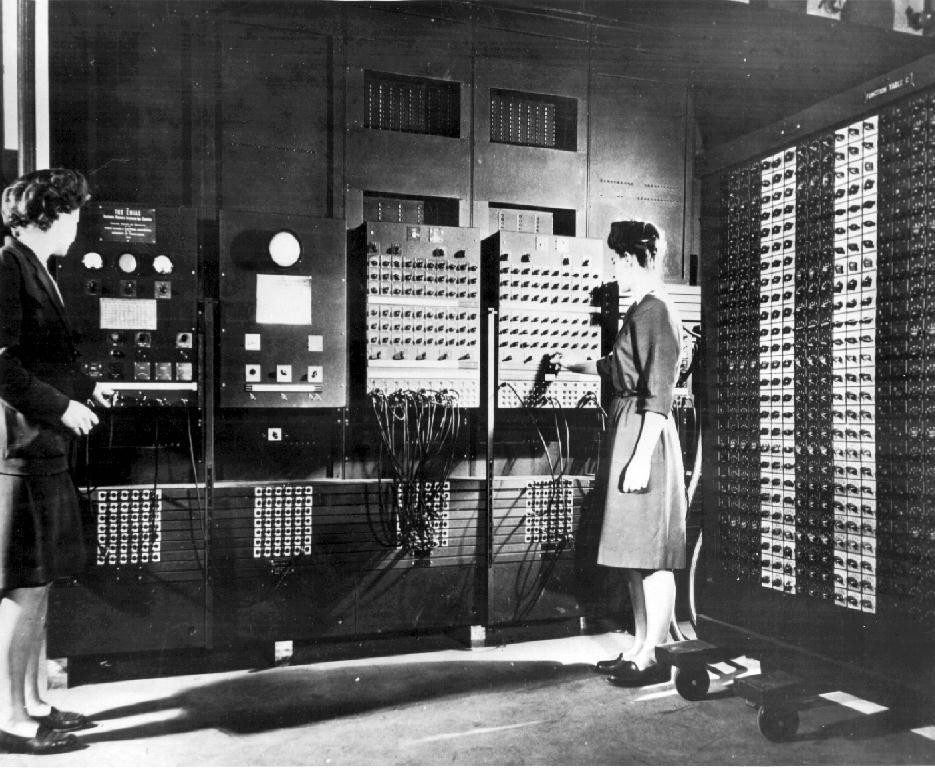
The Start of Electronics
As time progressed, transistors replaced vacuum tubes, revolutionizing the industry. Transistors perform similar functions but are much smaller and more efficient, allowing billions to fit on a single computer chip.
- Invented in 1947 by John Bardeen, Walter Brattain, and William Shockley at Bell Labs.
- Marked the beginning of the semiconductor era, enabling the development of integrated circuits.
- Transistors consume less power and are more reliable, leading to the miniaturization of electronic devices.
Compilers
One major breakthrough was the creation of the first compiler by Admiral Grace Hopper. This innovation translated human language into programming language and then into machine code, making programming more accessible.
-
Grace Hopper's compiler was known as A-0, developed in the early 1950s.
-
Enabled programmers to write code in a more understandable and higher-level language.
-
Paved the way for modern programming languages like COBOL and FORTRAN.
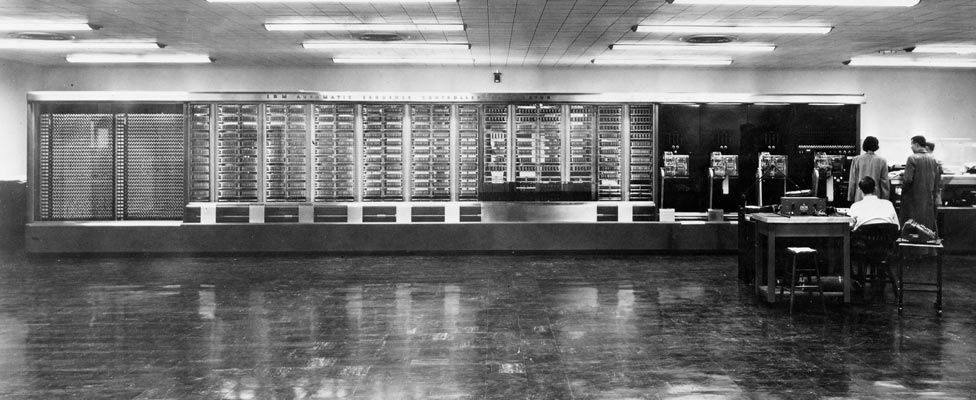
Disk Drives
The development of hard disk drives and microprocessors marked significant advancements. Computers shrank from room-sized machines to devices small enough to fit on tabletops.
- The first hard disk drive, the IBM 350, was introduced in 1956.
- Hard disks provided random access to data, unlike magnetic tapes.
- Microprocessors, like Intel's 4004, integrated all the functions of a computer's central processing unit (CPU) onto a single chip.
Xerox Alto
The Xerox Alto was a groundbreaking computer featuring a graphical user interface with icons, a mouse, and windows. It marked the consumer age of computing, making technology more affordable and compact.
-
Developed in 1973 at Xerox PARC (Palo Alto Research Center).
-
Introduced many concepts still used in modern computing, such as WYSIWYG (What You See Is What You Get) editors.
-
Although not commercially successful, it heavily influenced later systems like the Apple Macintosh.

Apple
In the 1970s, Steve Wozniak created the Apple I, a single-board computer for hobbyists. He and Steve Jobs founded Apple Computer, and their next release, the Apple II, was designed for average consumers, becoming a huge success and making personal computers mainstream.
-
The Apple I was sold as a kit; users had to assemble it themselves.
-
The Apple II, introduced in 1977, featured color graphics and a keyboard.
-
Apple's success helped to popularize the personal computer industry.

Microsoft
Operating systems evolved remarkably. The IBM PC, paired with Microsoft's Windows operating system, became widely adopted due to its hardware compatibility, dominating the industry.
-
The original IBM PC was released in 1981 and used MS-DOS, an operating system developed by Microsoft.
-
Microsoft Windows, introduced in 1985, provided a graphical interface on top of MS-DOS.
-
Windows' widespread adoption in businesses and homes solidified Microsoft's dominance in the software market.

As personal computers became common in workplaces and homes, the demand for IT support increased. The rise of video games also highlighted the potential of computers for entertainment.
The Gaming Era
In the 1970s and 80s, arcades featuring coin-operated games like Atari's Pong became immensely popular. Atari's Video Computer System brought video game consoles into homes, proving that computers could be used for fun as well as work.
- Atari, founded by Nolan Bushnell and Ted Dabney, was a pioneer in the video game industry.
- Pong, released in 1972, was one of the first commercially successful video games.
- The Atari 2600, launched in 1977, brought video games to a broader audience and helped establish the home gaming market.
The gaming era marked an important milestone for the computing industry, transforming computers from tools primarily used in workplaces and research institutions into essential household entertainment devices.
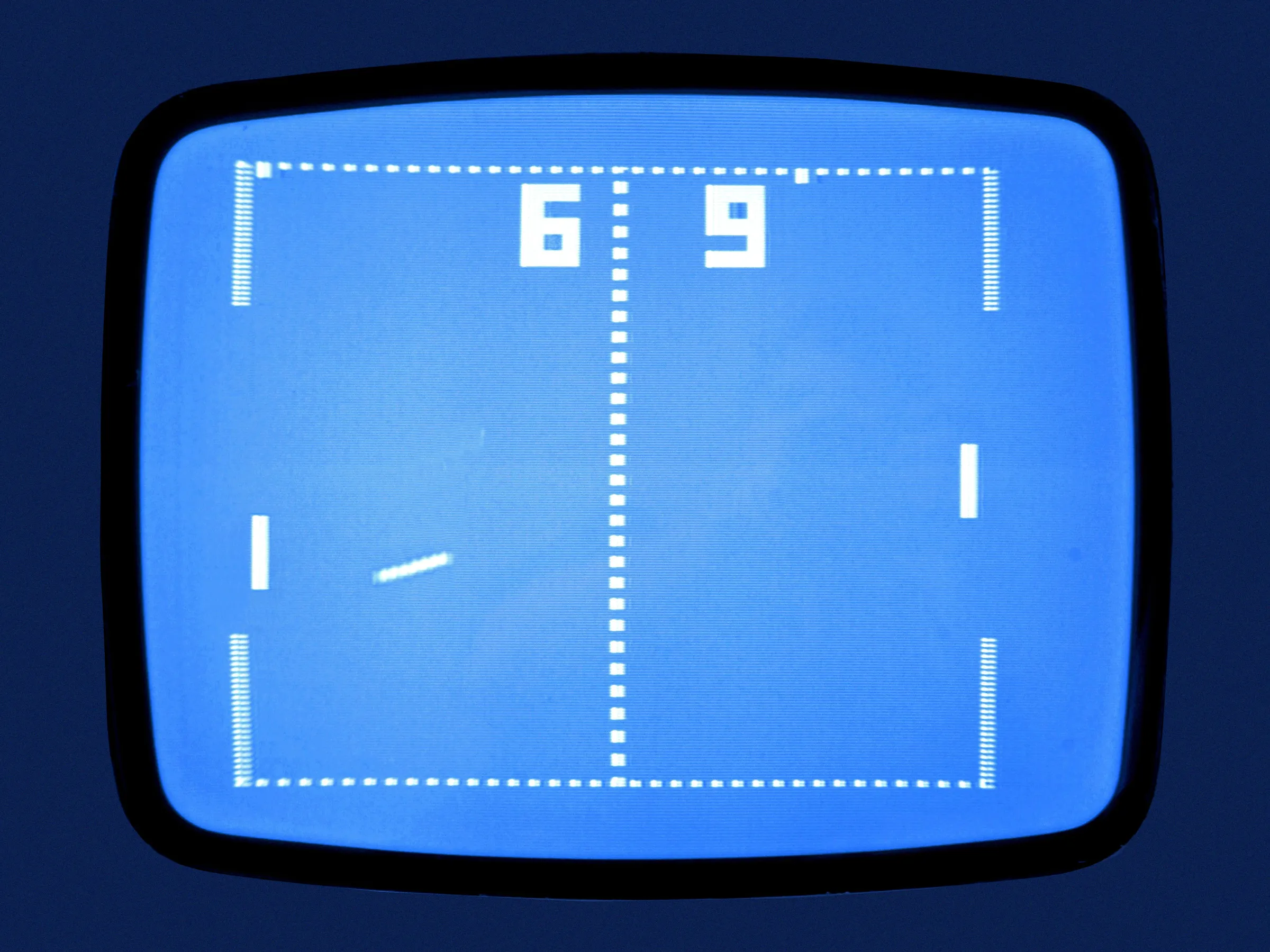
The Unix
While Apple, Macintosh, and Microsoft Windows dominated the OS market, Richard Stallman worked on a free Unix-like operating system called GNU. This open-source project laid the groundwork for Linux, a major open-source OS developed by Linus Torvalds.
- Unix, developed in the late 1960s by Ken Thompson and Dennis Ritchie, became the foundation for many modern operating systems.
- GNU aimed to create a free software alternative to Unix, emphasizing user freedom.
- Linux, started by Linus Torvalds in 1991, combined with GNU software to form a complete operating system used worldwide.
The Mobile Movement
By the early 90s, computers were getting smaller, leading to the advent of personal digital assistants (PDAs) that allowed computing on-the-go.
- PDAs offered portable computing with features like calendars and contact management.
- Enabled users to perform tasks like email and note-taking outside of traditional computing environments.
- Paved the way for the development of smartphones by integrating computing and communication functions.
As the technology landscape continues to evolve, the legacy of these early advancements is evident in today's mobile devices, which combine the power of traditional computers with the convenience of portability.
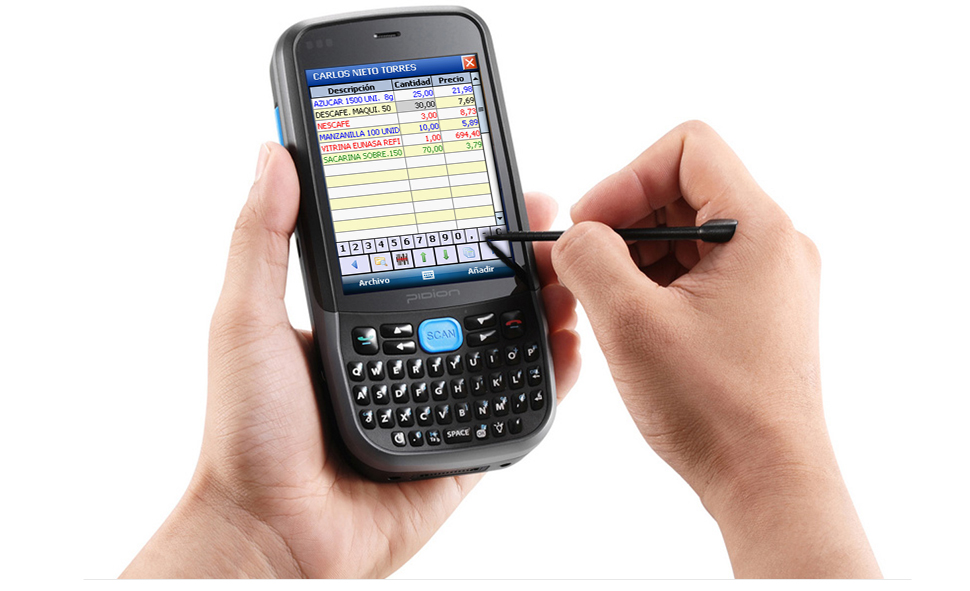
Connecting People
Nokia's introduction of PDAs with mobile phone functionality in the late 1990s led to the development of smartphones. The rapid evolution from room-sized computers to powerful handheld devices in just a few decades is astonishing.
- Nokia's Communicator series set the stage for modern smartphones.
- Convergence of mobile phones and PDAs enabled web browsing, email, and multimedia.
- Apple's iPhone in 2007 revolutionized the smartphone industry with its touch interface and app ecosystem.
The mobile movement exemplifies the relentless pace of technological advancement, demonstrating how innovations can rapidly transform our daily lives and redefine our interactions with technology.
